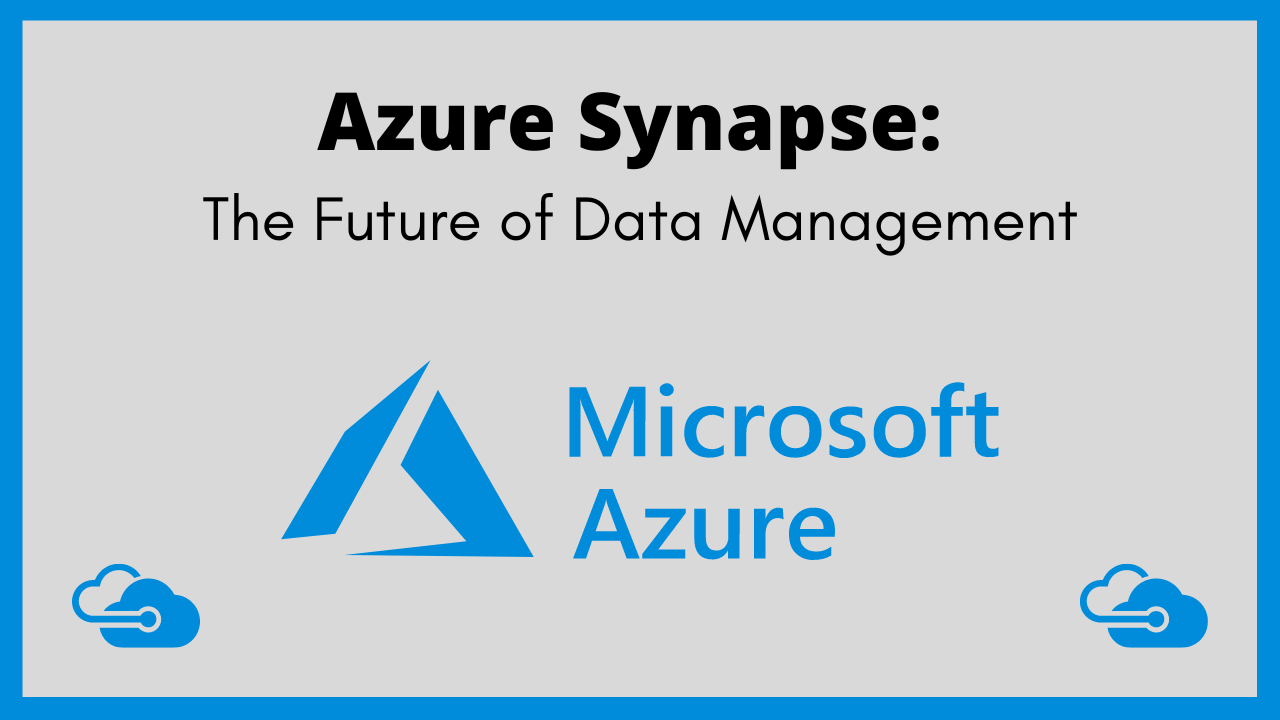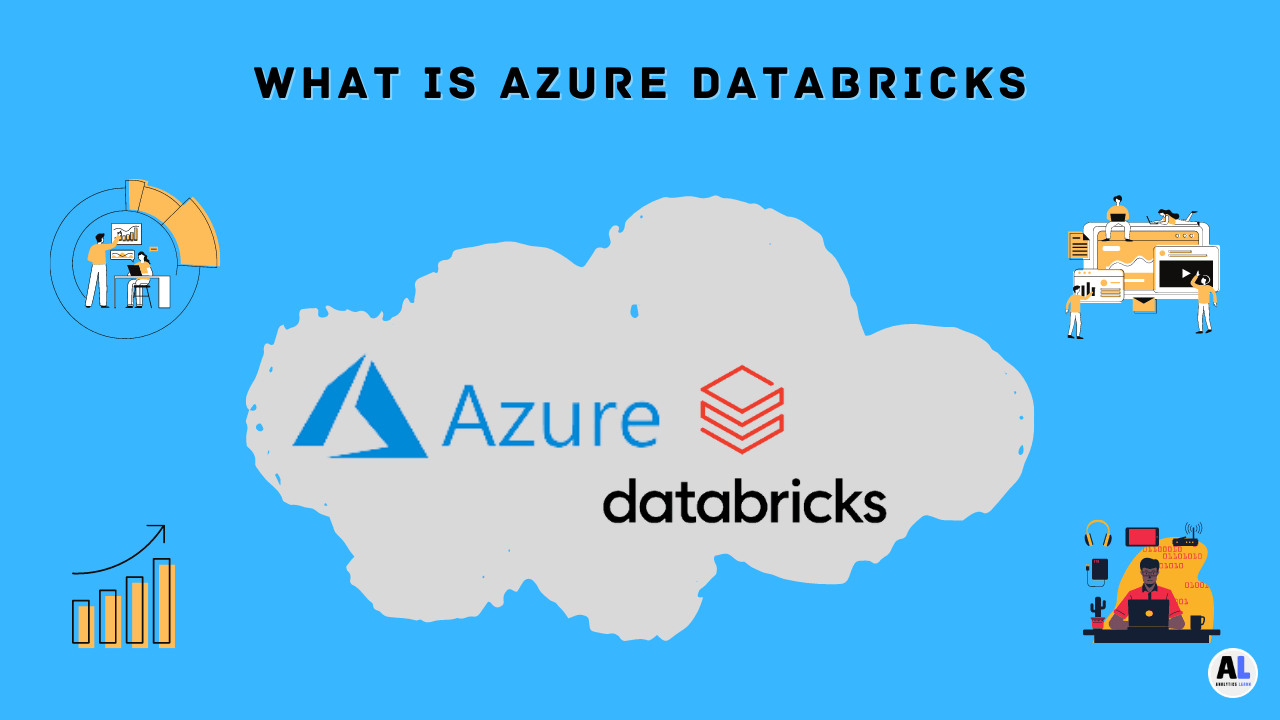In this article, you will learn about Azure synapse and the different key services offered by it in the work of Data engineering and analytics.
As businesses increasingly rely on data to make decisions, the processes and technologies used to ingest, explore, prepare, transform, manage and serve that data must become more agile to keep pace with their needs.
As businesses look to harness the power of their data, they have many choices in how they manage and interact with it.
Using the new Azure Synapse platform, you are now able to search for data using the freedom of serverless or dedicated options and scale.
Whether you’re building an automated intelligence system or simply looking to improve how your business operates, Azure Synapse can help you get there faster than ever before.
What is Azure Synapse?
Azure Synapse is a new service that brings together all your data and AI services into one place.
With Azure, you can choose how to use it—with serverless functions or dedicated virtual machines.
No matter which option you choose, you’ll have a single experience for ingesting, exploring, preparing, transforming, and serving data for immediate business intelligence (BI) and machine learning needs.
And, because it runs on Azure, you get access to enterprise-grade security and compliance features.
Whether you want to run in the public cloud or on-premises with our hybrid approach, we make it easy for customers to manage their data from any location without having to worry about storage management.
What does it Work?
To put it simply, Azure Synapse manages your data by providing a unified data platform across both SQL and non-SQL databases.
It allows users to query using SQL Server via managed database services such as Cosmos DB, Azure SQL Database, and Redis Cache; Apache Spark via Managed Spark Service; Hadoop via HDInsight; MongoDB via MongoDB Stitch; Kafka via Kafka Streams; streaming analytics engines such as Kinesis Analytics and Power BI Streaming Engine.
What is Azure Synapse Analytics?
Azure Synapse Analytics enables customers to power both interactive ad-hoc queries and batch analytics workloads on their data, using either serverless or dedicated options.
Azure Synapse Analytics is an enterprise-grade elastic data platform that makes it simple to ingest, transform, manage and serve your data.
It’s purpose-built for big data ingestion, exploration, and visualization and all via a unified experience that doesn’t require deep expertise in cloud technologies or DevOps to use.
Although there are many data warehouse solutions available, Azure SQL Data Warehouse (the Azure-hosted version of SQL Server) has a different approach.
Instead of focusing on collecting historical data, it’s designed to optimize performance and scalability for querying up-to-the-minute data in real-time.
In addition, users benefit from built-in security features that other services don’t offer.
Key Services Provided by Azure Synapse
These key features and capabilities make Azure a true platform for data management, with support for traditional platforms like SQL Server, as well as newer services like Hadoop, Spark, and Kafka.
1. Serverless and Dedicated Options:
Use serverless if you want to focus on building your application; use dedicated if you need more control over your infrastructure.
2. Enterprise Data Warehousing:
If you’re looking to build an enterprise-grade data warehouse in the cloud, look no further than Azure.
It offers both managed (HDInsight) and unmanaged (HDInsight Local) versions that let you choose how much or how little assistance from Microsoft is right for your organization.
3. Self-Service BI:
Whether you’re looking to create rich visualizations or perform complex analyses, Azure has everything you need including easy access to massive amounts of data.
4. Advanced Analytics:
With all its machine learning capabilities, Azure can help organizations extract valuable insights from huge volumes of data and it makes these capabilities available through a simple REST API.
Related Article: What Is Azure Databricks?
5. Apache Spark and SQL engines:
As one of today’s most popular open-source technologies, Spark powers some of today’s most advanced big data solutions.
Thanks to Azure, you can now run Spark at scale without having to worry about managing servers or clusters.
Different Analytics Service on Azure Synapse
Azure Synapse enables operations like data engineering, Data warehousing, Data lake, and Converged analytics using different analytics services which can easily perform by an engineer, developer, or analyst for their data workload.
1. Data engineering:
Azure Synapse gives different service compatibilities in data engineering like Optimised Apache Spark, Code-free data wrangling, Autoscale, auto-pause/resume and caching, Simplified ETL, Built-in connectors, and GPU acceleration for all your data workloads.
You can easily use Azure SQL Database and Azure Storage to store your data in a cost-effective, highly available way, with built-in replication and geo-replication to ensure that your data is always available for querying or serving.
You can also use Azure SQL Database’s elasticity to scale up or down as needed, so you only pay for what you need when you need it.
2. Data Warehousing:
Azure Synapse gives different analytics services for all your data workloads while doing data warehousing like Synapse SQL, Immediate query results with adaptive caching, SQL pool scalability, Free utility for SQL code conversion, In-engine predictive analytics, Intelligent workload management, etc.
3. Data lake:
Azure synapse provides different Limitless analytics services for all your data workloads in Data lake operations like Analyse all your data, Enhancing developer productivity, Delta Lake support, Maximise existing skills, Built-in the ability to explore data lake, and Pay-per-query, etc.
Related Article: What is Data Lakes in Azure? – Guide on Azure Data Lake
4. Converged Analytics:
For Converged analytics operations azure synapse gives different levels of analytics services for data workloads including AI-infused data pipelines, Operational Analytics, Microsoft Dataverse, Log and telemetry insights, Streaming analytics, Code-free machine learning, etc.
Key Operations Perform on Azure Synapse
1. Data ingestion:
There are two ways to ingest data into Azure either directly or through an ETL pipeline.
2. Data preparation:
This is where you cleanse, transform and enrich your data before it’s ready for analysis or machine learning algorithms.
3. Data Management:
Once your data has been prepared, you can store it in a variety of formats depending on how you plan to use it.
For example, if you want to build predictive models with ML Studio, then you might choose to store your data as Parquet files.
If you want real-time analytics with Power BI, then storing your data as JSON will be more appropriate.
And if you want to run ad hoc queries with SQL Server Analysis Services (SSAS), then storing your data as relational tables is a good option.
4. Data Security:
Protecting your sensitive data from unauthorized access is crucial, so Azure provides several options that allow you to control who sees what.
For example, SSAS supports row-level security so that only certain users can see specific rows within a table; column-level security allows you to hide entire columns from users, and cell-level security lets you conceal individual cells within a row or column.
Related Article: What is Virtual Network Peering in Azure?
What happened to Azure SQL Data Warehouse?
In Azure’s Management Portal, what was formerly known as Azure Synapse Analytics is now called Dedicated SQL pool.
Now here Dedicated SQL pool for existing customers who can use it today without any necessary changes.
So, if customers already have an Azure-powered data warehouse, they can transfer it to a Synapse workspace for access to the latest innovations in data.
Customers using Azure SQL Data Warehouse will have the ability to access their current workload and enjoy the latest Azure Synapse Analytics innovations, like the ability to explore the data lake and to run SQL and Apache Spark.
Frequently Asked Questions about Azure Synapse
Q. Does Azure Synapse provide a managed analytics solution?
A. No, it doesn’t. It provides an option for customers to query and prepare data for analytics engines like Azure Machine Learning and Power BI
Q. What are some typical use cases for Azure Synapse?
A. Here are a few examples from our customers—these cases highlight why they love it!
- Cloud-based data management and preparation
- On-premises data management and preparation
- Hybrid scenarios with on-premises workloads
- Integration with other services in Azure
Q. Can I use Azure Database for MySQL or PostgreSQL with Azure Synapse?
A. For now, we recommend using these services separately, although you can still do some preparation to get your data ready for them
Q. Does it support partitioning?
A. At present, no Q. How much storage does it provide? A. That’s up to you!
Conclusion
Building on our vision for an intelligent cloud, intelligent edge and intelligent everything, Azure was designed from day one to be a data-first platform.
You can use any data source and any language or framework in your applications, services or infrastructure.
Azure provides a unified end-to-end data pipeline to meet all your real-time and batch needs using open standards like ODBC/JDBC/ODBO, OData/JSON formats, and WebSockets for messaging solutions as well as SQL Server for relational solutions.
Azure Synapse is the foundation for this new world of data management, which makes it easy to get real-time insights from diverse data sets and at scale.
With Azure Synapse, these separate worlds come together for unified ingestion, exploration, data preparation, transformation, management, and even delivering an intelligent and superior experience for business intelligence and machine learning.

Presenting the Data Engineer Team, a dedicated group of IT professionals who serve as valuable contributors to analyticslearn.com as authors. Comprising skilled data engineers, this team consists of adept technical writers specializing in various data engineering tools and technologies. Their collective mission is to foster a more skillful community for Data Engineers and learners alike. Join us as we delve into insightful content curated by this proficient team, aimed at enriching your knowledge and expertise in the realm of data engineering.










